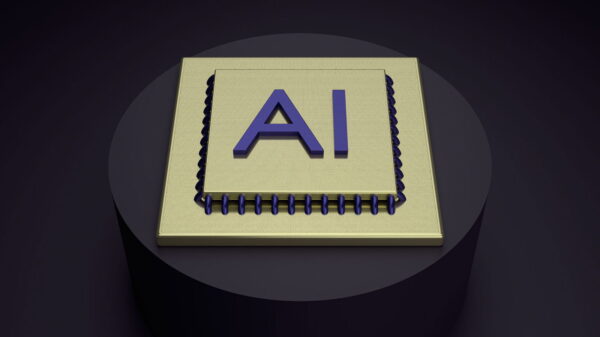The global investment landscape is undergoing a significant transformation, as articulated by Marko Papic, Chief Strategist at BCA Research, during his keynote at the CommBank”s 15th Global Markets Conference. Papic emphasized that the era of a single dominant power is over, urging investors to abandon outdated geopolitical assumptions that have long shaped market behavior.
According to Papic, the shift towards a multipolar world is both irreversible and crucial, noting that the decline of U.S. hegemony has been in progress for over a decade. “Geopolitics is clear. We”re not in a unipolar or hegemonic world. We haven”t been in 10 years,” he stated, stressing that the geopolitical framework has fundamentally changed.
To illustrate his point, Papic employed a schoolyard analogy, describing a playground without supervision where the balance of power among children dictates whether the environment is structured or chaotic. He described unipolarity as akin to “the bully everyone quietly pays lunch money to,” which previously fostered a more stable investment climate. In contrast, multipolarity introduces inherent volatility into the equation.
Instability and Innovation in Geopolitics
Papic pointed out that the escalation of geopolitical tensions is not merely a fleeting trend but rather a structural characteristic of the current global order. He highlighted a notable increase in armed conflicts since 2011, interpreting this as evidence that no single authority can maintain global order. “It seems the world is falling apart,” he remarked, reflecting sentiments commonly expressed by institutional clients.
See also Doubts Rise Over Viability of AI as Hype Cycle Peaks
Doubts Rise Over Viability of AI as Hype Cycle PeaksYet, amidst this turmoil, Papic identified a positive aspect: geopolitical competition is driving technological innovation. Rivalries among nations prompt governments to invest heavily in research and development initiatives across various sectors, including energy, computing, and transportation. He noted a shift from previous investment trends focused on convenience applications to a current emphasis on productivity-enhancing innovations.
This trend is manifesting in public sector initiatives in countries such as the U.S., Canada, and Australia, where governments are launching multi-billion-dollar projects aimed at bolstering energy production and securing essential commodities.
Australia”s Strategic Position
In this evolving geopolitical framework, Papic believes that Australia stands to gain significantly. Its rich resource base, stable institutions, and attractiveness to global investors position it as a “premier destination” for capital seeking to navigate the complexities of supply chain diversification. He suggested that central bankers might consider Australia and Canada as preferable options for diversification over traditional assets like gold.
Papic also noted Australia”s “geopolitical promiscuity,” viewing its flexibility in engaging with multiple powers as a strength rather than a weakness. He emphasized the necessity for Australia to protect its interests on a case-by-case basis, with the understanding that its economic strength underpins its geopolitical influence.
Challenges in Domestic Economics
However, Australia”s internal economic landscape presents challenges that could complicate its position. The combination of rising costs and monetary expansion is reshaping the investment environment. Notably, Matt Barrie, CEO of Freelancer, has pointed out the inflationary pressures stemming from an expanding money supply linked to mortgage growth driven by migration.
The surge in net long-term arrivals has intensified pressures on infrastructure and housing markets. This situation, compounded by significant government spending, which accounted for a notable percentage of GDP, could lead to structural inflation that threatens competitiveness in critical sectors.
As Australia navigates these complexities, the interplay of external geopolitical dynamics and internal economic realities will be crucial in determining its future as a key player in the global market.







































































